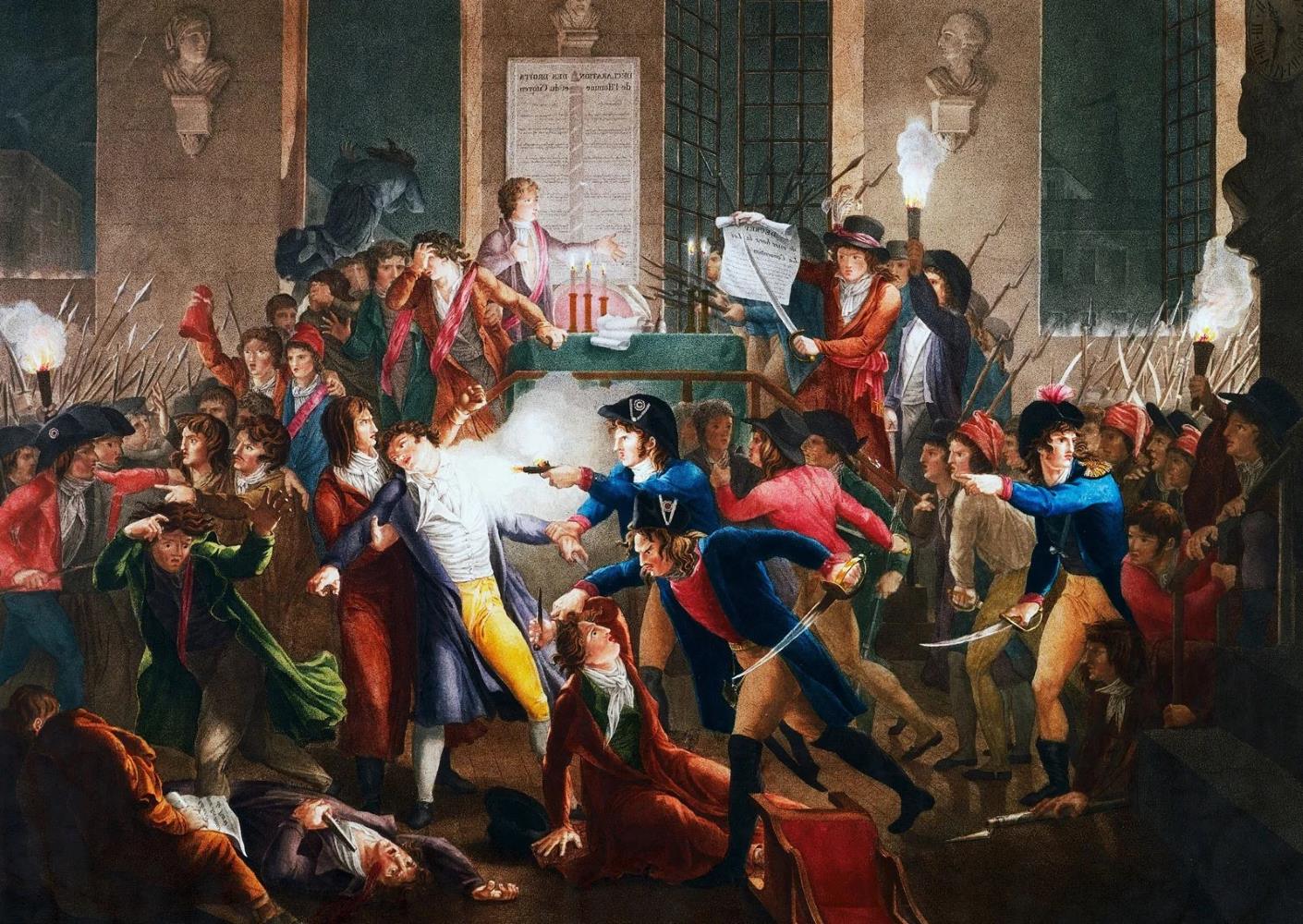
Ever wondered how El Salvador and Bonaire compare? These two places, though vastly different in size, culture, and geography, offer unique insights into their histories and lifestyles. El Salvador, nestled in Central America, is known for its bustling cities, rich cultural heritage, and unfortunately, its struggles with crime and natural disasters. On the other hand, Bonaire, a small island in the Caribbean, boasts stunning coral reefs, a laid-back vibe, and a strong focus on marine conservation. Whether you're curious about their economies, languages, or tourist attractions, this comparison will give you a clear picture of what makes each place special.
Key Takeaways:
- El Salvador and Bonaire are unique in their geography, history, and culture. While El Salvador faces natural disasters, Bonaire thrives on tourism. Both places offer diverse experiences for travelers.
- From bustling cities to serene islands, El Salvador and Bonaire showcase the beauty of Central America and the Caribbean. While El Salvador grapples with crime and healthcare challenges, Bonaire offers a safer and more relaxed environment for travelers.
Location and Geography
Understanding the geographical context of El Salvador and Bonaire helps set the stage for their unique characteristics.
- El Salvador: Nestled in Central America, El Salvador is the smallest and most densely populated country in the region. It shares borders with Honduras, Guatemala, and the Pacific Ocean.
- Bonaire: Bonaire, part of the ABC Islands, lies in the southern Caribbean Sea. It is a special municipality of the Kingdom of the Netherlands.
Population and Capital Cities
The population and capital cities of these two places highlight their differences in scale and urbanization.
- El Salvador: With an estimated population of around 6,351,000 people in 2024, El Salvador is bustling. San Salvador, its capital, is the largest city.
- Bonaire: Bonaire's population is much smaller, with about 20,000 residents. Kralendijk serves as the capital and main settlement.
Government and Language
The governance and languages spoken in El Salvador and Bonaire reflect their historical and cultural backgrounds.
- El Salvador: This country operates as a republic with a Legislative Assembly of 84 members. Spanish is the official language.
- Bonaire: Governed by the Dutch, Bonaire enjoys some local autonomy. Dutch is the official language, but Papiamento is widely spoken.
Historical Background
The histories of El Salvador and Bonaire are marked by different events and influences.
- El Salvador: El Salvador's history includes a civil war from the late 1970s to the early 1990s, followed by natural disasters like Hurricane Mitch in 1998 and a major earthquake in 2001.
- Bonaire: Bonaire has a more peaceful history, having been part of the Kingdom of the Netherlands since 1815, with a focus on tourism and marine conservation.
Economic Landscape
The economies of El Salvador and Bonaire are shaped by their natural resources and industries.
- El Salvador: The service sector dominates El Salvador's economy, although agriculture, especially coffee exports, has historically been significant.
- Bonaire: Tourism, particularly scuba diving and marine conservation, is the backbone of Bonaire's economy. The island also has a small fishing industry.
Cultural Life
Cultural influences in El Salvador and Bonaire create vibrant and unique communities.
- El Salvador: The cultural heritage of El Salvador is rich, influenced by the indigenous Pipil people, European settlers, and African immigrants. Music, dance, and art are vibrant.
- Bonaire: Bonaire's culture blends Dutch, African, and indigenous influences. The island is known for its Papiamento language and traditional music and dance.
Natural Disasters and Environmental Features
Both regions face different environmental challenges and natural disasters.
- El Salvador: Located on the Central American volcanic axis, El Salvador is prone to earthquakes, volcanic eruptions, and severe flooding.
- Bonaire: Bonaire is less prone to natural disasters but can experience hurricanes and tropical storms due to its Caribbean location.
Volcanoes and River Systems
The geographical features of El Salvador and Bonaire include volcanoes and river systems.
-
El Salvador: Home to 21 active volcanoes, El Salvador's landscape is dominated by these natural features.
-
Bonaire: Bonaire lacks active volcanoes but is part of a larger geological region that includes volcanic islands like Aruba and Curaçao.
-
El Salvador: The Lempa River is the most important river system, draining much of the country and forming part of the border with Honduras.
-
Bonaire: Bonaire does not have significant river systems but features small streams and a Caribbean coastline.
Soil and Agriculture
Soil fertility and agricultural practices differ greatly between El Salvador and Bonaire.
-
El Salvador: Less than one-fifth of El Salvador’s soils are suitable for agriculture, with volcanic soils being fertile but erosion-prone.
-
Bonaire: Bonaire's soils are generally less fertile, with some alluvial soils deposited by small rivers.
-
El Salvador: Agriculture, especially coffee exports, has historically been important but has declined as the service sector grew.
-
Bonaire: Limited agriculture exists on Bonaire due to its small size and lack of fertile land, with a focus on tourism instead.
Tourism and Safety
Tourism is a significant part of both economies, but safety concerns vary.
- El Salvador: Tourism is growing but faces challenges due to safety concerns and limited infrastructure. Attractions include historical sites and adventure activities.
- Bonaire: Tourism is the mainstay of Bonaire's economy, with a focus on scuba diving, snorkeling, and marine activities. The island is generally considered safe.
Crime and Healthcare
Crime rates and healthcare quality are crucial aspects of life in El Salvador and Bonaire.
- El Salvador: High crime rates, including gang violence, are significant issues. Healthcare is inadequate, especially in rural areas.
- Bonaire: Bonaire has low crime rates compared to El Salvador. Healthcare is generally better, with access to modern facilities.
LGBTQI+ Rights and Women Travelers
Social attitudes towards LGBTQI+ individuals and the safety of women travelers vary between the two regions.
- El Salvador: LGBTQI+ individuals face widespread discrimination and violence. Women travelers should exercise caution due to high crime rates.
- Bonaire: Bonaire has more progressive attitudes towards LGBTQI+ individuals, though some discrimination exists. Women travelers generally feel safe.
Disaster Preparedness and Legal Issues
Preparedness for natural disasters and legal issues like arrest and detention are important considerations.
- El Salvador: High risk of natural disasters necessitates preparation. Arrest and detention conditions are harsh, with inadequate prison facilities.
- Bonaire: Less prone to natural disasters, Bonaire has emergency plans in place. Legal procedures are generally less severe compared to El Salvador.
Comparing El Salvador and Bonaire
El Salvador and Bonaire offer unique experiences shaped by their distinct histories, cultures, and geographies. El Salvador, with its bustling cities, rich cultural heritage, and challenging environment, contrasts sharply with Bonaire's serene island life, focus on marine conservation, and Dutch influences. While El Salvador grapples with issues like crime and natural disasters, Bonaire enjoys relative safety and a thriving tourism industry centered around its stunning coral reefs. Both places have their own charm and challenges, making them fascinating in their own right. Whether you're drawn to El Salvador's vibrant festivals and historical sites or Bonaire's tranquil beaches and underwater adventures, each destination has something special to offer. Understanding these differences can help you appreciate the unique qualities of both El Salvador and Bonaire, whether you're planning a visit or just curious about these intriguing places.
Frequently Asked Questions
Was this page helpful?
Our commitment to delivering trustworthy and engaging content is at the heart of what we do. Each fact on our site is contributed by real users like you, bringing a wealth of diverse insights and information. To ensure the highest standards of accuracy and reliability, our dedicated editors meticulously review each submission. This process guarantees that the facts we share are not only fascinating but also credible. Trust in our commitment to quality and authenticity as you explore and learn with us.


